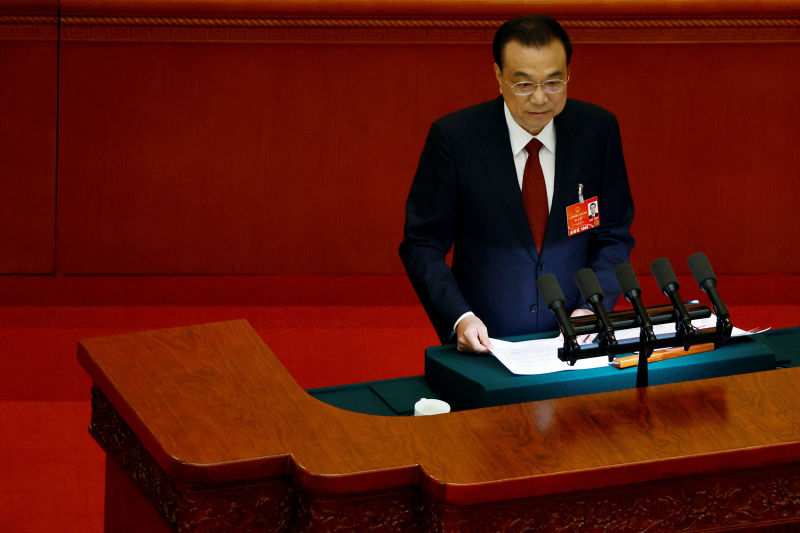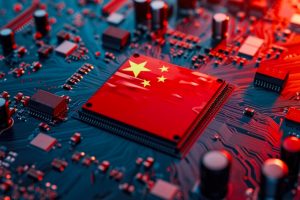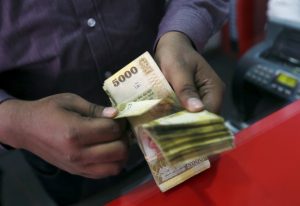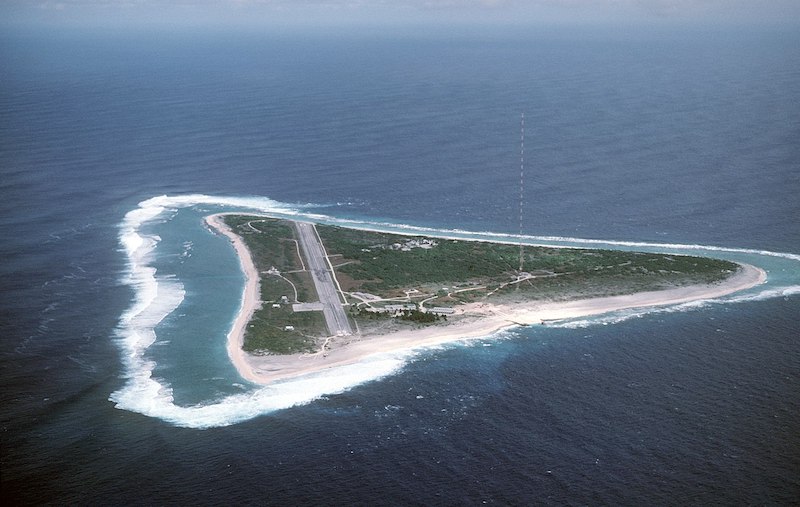China set a 5.5% growth target for this year at its annual parliamentary meeting, a higher-than-expected goal that indicates more policy support will be forthcoming in the months ahead.
The growth target, still the lowest in more than three decades, was announced by Premier Li Keqiang at the opening session of the National People’s Congress in Beijing on Saturday.
The target is higher than the 4% rate realised in the fourth quarter of 2021 and also above market expectation for a growth rate of 5.2% in 2022.
That, said Chaoping Zhu, Shanghai-based global market strategist at JP Morgan Asset Management, suggests that “stronger stimulus measures are expected to be implemented” when the economy faces rising domestic and external uncertainties.
It “will mean more policy support is needed to engineer a growth rebound in the coming quarters,’’ said Qu Hongbin, chief China economist at HSBC Holdings in Hong Kong.
“More accommodative fiscal and monetary policies, particularly targeted support for technology and manufacturing, small and medium-sized enterprises (SMEs) and green development will be rolled out this year.”
The target indicates a “new easing cycle” is underway following regulatory tightening last year and policymakers will “do whatever it takes,” said Larry Hu, chief China economist at Macquarie.
“Reducing interest costs points to a prudently flexible monetary policy stance,” ING’s chief China economist Iris Pang said.
“We expect policy rate cuts will continue, and the focus on SMEs means that targeted reserve requirement ratio (RRR) cuts are more likely than broad-based RRR cuts,” she added.
He Lifeng, director of state planner National Development and Reform Commission (NDRC), told reporters that the sheer size of the Chinese economy – 114.4 trillion yuan ($17.7 trillion), up 8.1% in 2021 – would provide strong ground to build on ambitions for this year.
“Despite all the adversities, China’s net GDP increase in 2021 hit 13 trillion yuan, already larger than the total economic output of many G20 countries. With the 5.5% goal this year, [2022’s] net increase will be very high,” He said.
Citing February data, He hinted that China had made a head start on 2022 and that actual growth may stay well above the forecast level.
The country’s total electricity consumption grew by 6.7% last month, despite a traditional lull in manufacturing due to the week-long Lunar New Year break, and, for 20 months and running, exports expanded by double digits.
China has set its inflation target at about 3% for the coming year. However, it might face an uphill battle with the Russia- Ukraine conflict pushing up energy prices. Global oil prices have surged to $110 per barrel from $75 at the beginning of the year.
“Under its oil pricing mechanism, China has raised domestic oil prices four times this year,” Jian Chang, Barclays analyst, said, adding that the war would have an “impact on growth and inflation” in China.
Strong Policy Support
On investment, He vowed that China would expedite spending in infrastructure, particularly, the 2,600 national projects from high-speed railway lines to hydrogen energy and urbanisation to carbon reduction that have been prioritised for completion in the 14th Five-Year Plan for 2021-2025.
Central authorities will take the lead and invest 640 billion yuan this year while credit lines worth 1.5 trillion yuan from state lenders are ready to be tapped, He said on Saturday.
Signalling a return to an investment-led path to growth, Beijing in the fourth quarter prodded local governments to speed up the construction of ongoing projects and fast-track planning and approval, when GDP growth slackened from 18.3% in the first quarter of 2021 to just 4% in the final three months.
Chinese state media back then cited president Xi Jinping and premier Li as saying that the Chinese economy faced “triple challenges” from shrinking internal demand, disrupted supply and weakening expectations amid the malaise caused by Covid-19 flare-ups and geopolitical headwinds.
The NDRC’s He said projects must not be stuck in the planning pipeline and works must start to sustain this year’s investment expansion.
However, ING’s Pang said she did not think that infrastructure investments in 2022 can replace the loss of consumption. “As such our GDP forecast is lower than the government’s target.”
Finance minister Liu Kun has also sought to assure that this year’s lower deficit rate, 2.8% compared with 2021’s 3.2%, would mean financial prudence but overall public expenditure would continue to grow.
\Liu said 2022’s total public expenditure other than defence would grow by 2 trillion yuan to 26.7 trillion yuan, and that the central government would plough more funds – 9.8 trillion yuan – from its coffers into underdeveloped, agrarian regions for poverty alleviation and economic construction.
“The amount of such direct, top-down appropriation this year will be 1.5 trillion yuan more than 2021, up 18% year on year, the highest since 2012,” Liu said.
Li, the premier, also promised to roll back taxes and other levies totalling 2.5 trillion yuan this year to help ailing small businesses and “share the wealth with the people”.
Li said 11 million new urban jobs would be created and the country is aiming for an urban jobless rate of no more than 5.5% for this year.
- Frank Chen
READ MORE:
Zero-Covid Policy ‘Has Limited Economic Impact’ – Xinhua
China’s Central Bank Indicates More Easing Policies to Come
China Lowers Key Policy Rates to Prop Up Slowing Economy
























